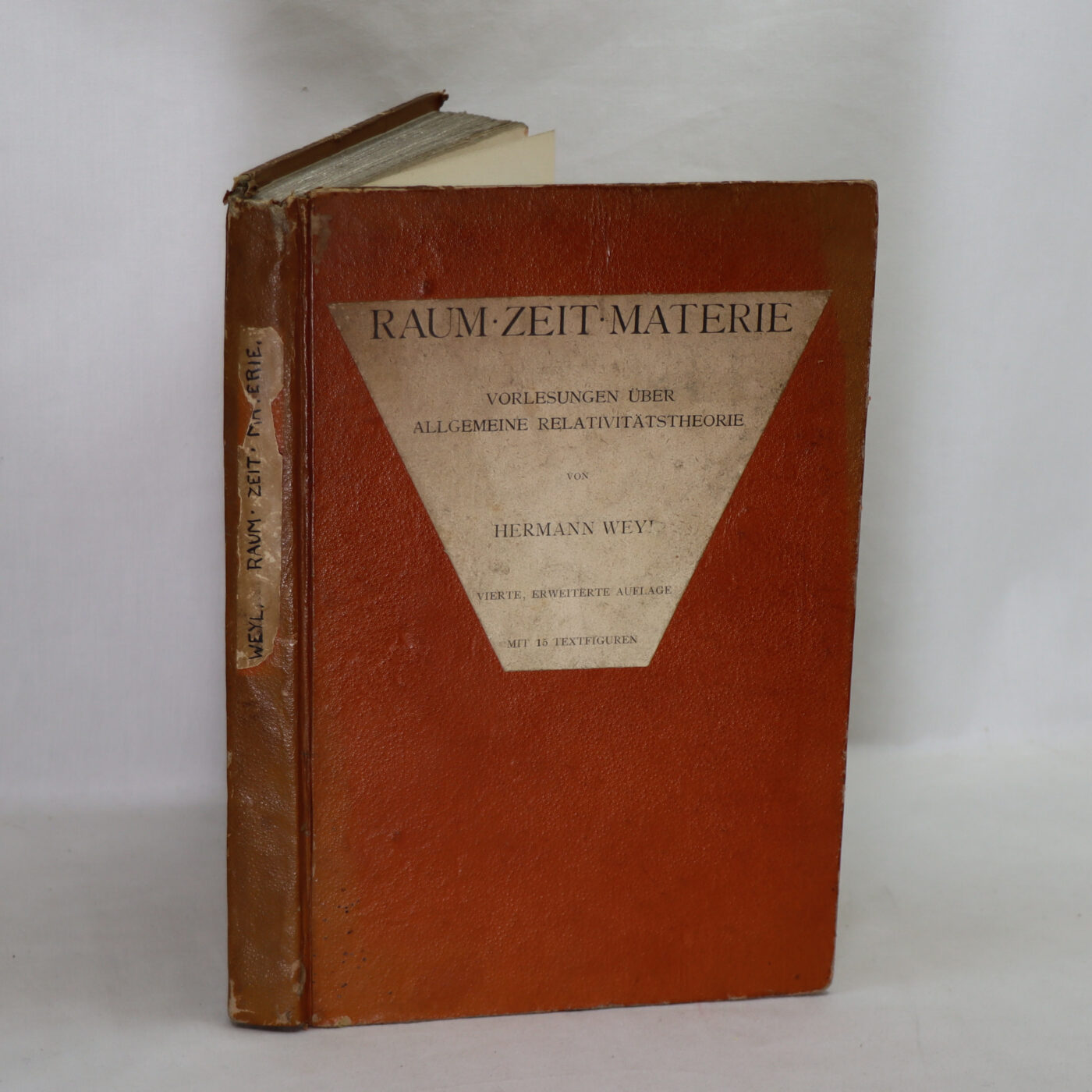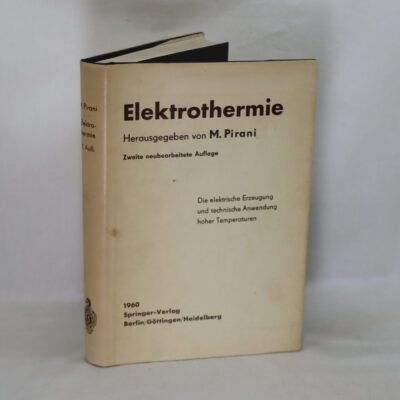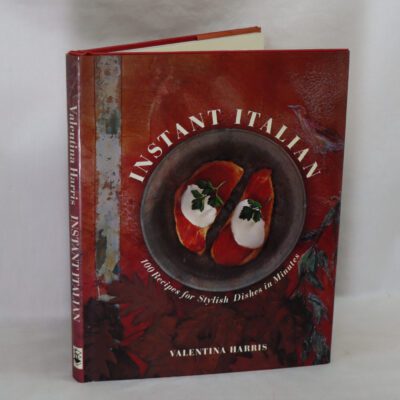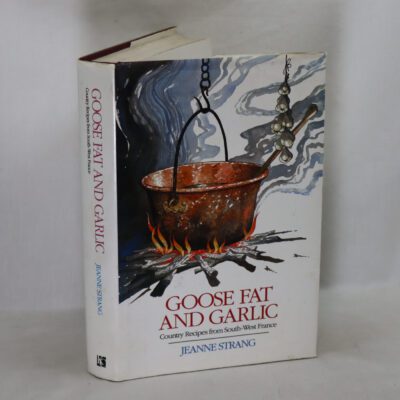Raum, Zeit, Materie.
By Hermann Weyl
Printed: 1921
Publisher: Von Julius Springer. Berlin
| Dimensions | 17 × 25 × 2 cm |
|---|---|
| Language |
Language: German
Size (cminches): 17 x 25 x 2
Condition: Good (See explanation of ratings)
FREE shipping
Item information
Description
Tan cloth binding with black title on the spine and front board.
We provide an in-depth photographic presentation of this item to stimulate your feeling and touch. More traditional book descriptions are immediately available
- Note: This book carries a £5.00 discount to those that subscribe to the F.B.A. mailing list
For conditions, please view our photographs. A nice clean very rare copy from the library gathered by the famous Cambridge Don, computer scientist, food and wine connoisseur, Jack Arnold LANG.
Jack’s father was an extremely gifted scientist who became involved with ‘heavy water’.
(SPACE-TIME-MATTERS)
This book is a good early collector’s edition of EINSTEIN’S REVIEW OF WEYL’S SEMINAL WORK, RAUM-ZEIT-MATERIE [SPACE-TIME-MATTERS] — WEYL’S STUDY OF THE THEORY OF RELATIVITY, written after spending a year with Einstein as the latter was working out the details of his theory. Weyl’s work is still considered “the standard treatise on the general theory of relativity” (Nature). In the very favorable review offered here, Einstein writes “every page shows the amazingly steady hand of the master who has penetrated the subject matter from the most diverse angles. [Weyl] understood how to combine mathematical rigor with graphic intuition” (Einstein, 373). Weyl’s work includes “an exposition and examination of Einstein’s general theory of relativity and the concomitant theory of gravitation. A detailed investigation follows devoted to gravitational waves, a rigorous solution of the problem of one body, laws of conservation, and the energy of gravitation” (Stanford Dictionary of Philosophy). The Dictionary of Scientific Biography notes that Weyl’s work played “an important role in the development of mathematical physics” (DSB XIV, p. 281). “Whatever the future may bring, Professor Weyl’s book will remain a classic of physics” (British Journal for Philosophy and Science”). Hermann Klaus Hugo Weyl (1885-1955) was a German mathematician, theoretical physicist, and philosopher. “His work had a vast range, encompassing analysis, algebra, number theory, topology, differential geometry, spacetime theory, quantum mechanics, and the foundations of mathematics” (Stanford). In 1913, Weyl took a teaching post at the ETH Zurich where he was a colleague of Einstein’s just as the latter was working out the details of the theory of general relativity. In 1914, Einstein left Zürich and the theoretical physics program at the ETH. The program was much weakened in his absence, and Weyl “needed no external prompting to work in, and to teach, theoretical physics: his interest in the subject in general and, above all, in the theory of relativity, gave him more than sufficient motivation in that regard. Weyl decided to lecture on the general theory of relativity in the summer semester of 1917, and these lectures became the basis of his famous book, Raum-Zeit-Materie of 1918” – the one Einstein here reviews.
Hermann Klaus Hugo Weyl (German: 9 November 1885 – 8 December 1955) was a German mathematician, theoretical physicist, logician and philosopher. Although much of his working life was spent in Zürich, Switzerland, and then Princeton, New Jersey, he is associated with the University of Göttingen tradition of mathematics, represented by Carl Friedrich Gauss, David Hilbert and Hermann Minkowski.
His research has had major significance for theoretical physics as well as purely mathematical disciplines such as number theory. He was one of the most influential mathematicians of the twentieth century, and an important member of the Institute for Advanced Study during its early years.
Weyl contributed to an exceptionally wide range of fields, including works on space, time, matter, philosophy, logic, symmetry and the history of mathematics. He was one of the first to conceive of combining general relativity with the laws of electromagnetism. Freeman Dyson wrote that Weyl alone bore comparison with the “last great universal mathematicians of the nineteenth century”, Henri Poincaré and David Hilbert. Michael Atiyah, in particular, has commented that whenever he examined a mathematical topic, he found that Weyl had preceded him.
Want to know more about this item?

Related products
Share this Page with a friend












